Context
Note: I am a beginner with electronics so please provide detailed explanations and add descriptions that are more beginner friendly. I really do want to learn how this all works.
I am trying to make a diffuser using a 113 kHz piezoelectric disc and a 9 V DC power supply from a battery. I was trying to follow GreatScott's video on creating a DIY mist maker, but ended up getting confused with some portions. I have successfully got the N555 timer to output a 113 kHz frequency powered by the 9 V battery, but I am quite stumped on how the MOSFET portion works. Also, I do not have a toroidal inductor, I have instead cylindrical inductors with bands.
I have tried just attaching the output from the N555 timer to the piezoelectric disc since I reached the 113 kHz frequency, but it didn't work, which I believe is because I didn't have a high enough amount of current/power.
Questions
- Is it possible to get this piezoelectric disc to work with a 9 V power supply instead of a 15 V power supply?
- What is the N-channel MOSFET and inductor used for in this schematic? Can I make this work without it since I already have a 113 kHz signal?
- How can I increase the amperage in my circuit so that I can power the piezoelectric disc from the N555 timer?
